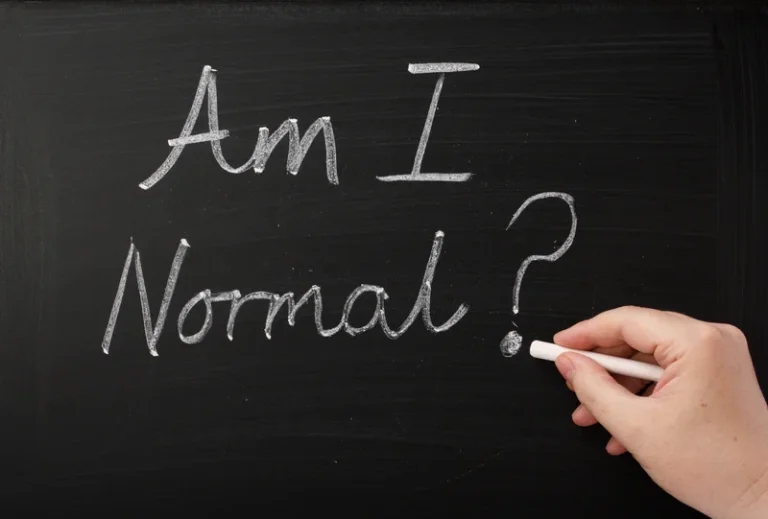
The thinking behind this approach is that those who have more stable housing and voluntarily accept treatments and services are more in control of their progress with addiction recovery and mental health. To qualify for the grants for sober living homes, you need to gather community support and fill in the necessary information. A special committee has been set up to determine if the entire process of scrutinizing, screening, and distributing grants to eligible applicants for halfway houses is completed properly. Remember that financial sustainability is not just about balancing the books—it’s about creating a thriving environment where individuals can focus on their recovery journey.
- Ensuring that the house manager and staff are well-informed about these regulations helps maintain operational standards and provides a legally compliant environment for residents.
- Effective financial management of a sober living home isn’t just about generating revenue; it’s also about controlling costs.
- An elderly and unpopular felon who narrowly won the popular vote in the 2024 election was sworn in as president in a tiny ceremony Monday.
- The role of the fundraiser is to ensure that they organize fundraising events from time to time.
Vaccinations for Recovery?
Residents often engage in group therapy, life skills classes, and community activities, which foster a sense of accountability and mutual support. For either approach, substance abuse prevention grants can be used to help fund these programs, and this outside funding is critical to keep these programs going. In addition to directly helping the citizens, the organization collaborates with other non-profit organizations working in similar directions. The organization will determine the grant amount for the current year if you are deemed eligible. Check their website for eligibility requirements for the sober living homes program grants and determine for yourself whether you qualify. In addition to providing assistance to already established sober living homes, they also assist in starting a sober living home themselves if needed.
Program Information

Explore diverse substance use disorder treatment options to support healing and recovery for lasting change. Many people who struggle with a substance use disorder also suffer from a mental health disorder. This variation depends on factors like location, amenities, and the level of support offered. In upscale areas, such as West Los Angeles, prices can soar, reaching up to $10,000 monthly.
- Ultimately, the person should find employment and use that income to cover the costs of the residence, just like they would if they lived entirely on their own.
- Her group, Stolen People Stolen Benefits, prioritizes helping any Indigenous person affected by the ongoing scheme.
- Sober living homes are essential in fostering long-term recovery for individuals transitioning from addiction treatment.
- You can ask about this program from a local or visit their site to find out where the nearest office is to where you live.
- There is no better place to get help from people who operate or want to start sober homes than SAMSHA.
Drug Addiction and Pregnancy
Candidates for Housing First might have a co-occurring disorder, but do not necessarily have to be in treatment for a drug or alcohol addiction in order to get help from the Housing First program. HF is best for those who can be more independent but need a supportive housing environment due to their mental health issues. Different than Sober Living Houses, Housing First focuses on harm reduction rather than promoting a strictly abstinence-based recovery. The HF immediate focus is on helping the individual find a safe, stable environment to live in.
The Impact of Addiction on Spiritual Well-Being
- It should not be used in place of the advice of your physician or other qualified healthcare provider.
- These homes act as a supportive network, especially for those completing substance abuse treatment programs.
- “It was a great country 20 years ago, and now it’s a mess,” Trump told reporters in the Oval Office hours after his inauguration.
- Many sober living homes encourage participation in 12-step programs like Alcoholics Anonymous, offering structured group meetings that reinforce recovery principles.
Furthermore, mobile payment apps and peer-to-peer (P2P) services such as Venmo, Zelle, and Apple Pay offer a modern and user-friendly way to manage payments without needing cash or checks. Individuals residing in sober homes often have various options to cover their living expenses. A greater part of grants are distributed to the states that dispense them to programs that further develop poverty alleviation and decrease the requirements of low-income residents. The Office of Community Services’ Community Assistance Division has information Sobriety on how to apply for this grant.


State and local government websites, as well as grant brighton sober living databases like Grants.gov, can also provide listings of available opportunities. Additionally, local non-profit organizations or associations related to addiction recovery might have information on grant opportunities. Typically, registered sober living facilities, non-profit organizations that operate or intend to establish such homes, and sometimes even individuals or groups with a clear plan to set up a recovery residence may be eligible.

To begin, organizations must be legally formed and recognized, with IRS tax-exempt status. The primary document for applying for tax-exempt status as a charitable organization is IRS Form 1023. Once granted tax-exempt status, organizations can avoid paying federal income taxes and are eligible to receive tax-deductible charitable contributions.
RECO Institute remains at the forefront of delivering comprehensive support for individuals on their journey to sobriety, emphasizing the importance of accessible sober living. RECO understands the myriad challenges faced by those recovering from substance abuse, including the financial barriers to securing a safe and supportive living environment. This approach reaffirms RECO’s dedication to creating a foundation where long-term recovery is not just a possibility but a reality for anyone willing to embrace the journey. For many individuals seeking sobriety, the journey often begins with the question of affordability. Private pay and personal savings account for a significant portion of the funding for sober living homes. These funds can come from the individual’s savings, support from family and friends, or even loans.
Drug, Alcohol and Mental Health Treatment at The Recovery Village
These homes play a vital role in supporting individuals in their recovery journey, providing a safe and supportive environment as they transition from addiction treatment to independent living. However, without proper funding, the sustainability of these homes can be challenging, hindering their ability to serve those in need. Running a financially sustainable sober living home requires a multi-faceted approach to funding and careful financial management.
- These grants are specifically designed to support organizations that offer crucial services to residents recovering from addiction.
- A halfway house can offer treatment and provides a home-like atmosphere within the local community, is accessible to public transportation, and provides opportunities for independent growth and responsible community living.
- This unique blend of autonomy and accountability helps residents gradually rebuild their lives, developing healthy routines and coping mechanisms.
- Some mean driving to remote corners of Pima County, and some see our reporters sitting through endless government meetings to make sure they get the whole story and not just a quick headline.
- By fostering a sense of community, sober living homes empower individuals to support one another, building valuable relationships that can facilitate long-term recovery.
These homes offer a carefully balanced environment that promotes independence, accountability, and community support, enabling residents to develop the skills necessary for sustained sobriety. While challenges exist, the benefits of structured living environments—such as reduced relapse rates, increased stability, and improved life skills—undeniably play a pivotal role in recovery processes. Sober living homes, also known as recovery housing or halfway houses, are structured living environments for individuals who are in the process of recovering from substance use disorders. These residences serve as a bridge between formal treatment programs and mainstream society, providing a supportive and substance-free space that fosters continued sobriety. Residents typically have completed a rehabilitation program and are expected to abstain from alcohol and drug use while living in these homes.
Leave a Reply